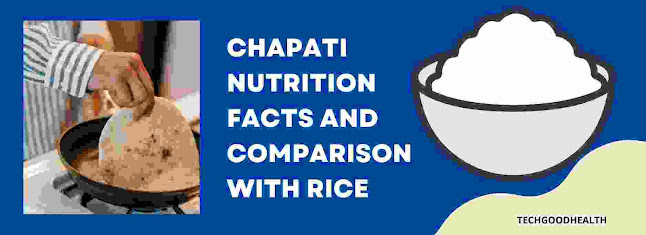We are always talking and concerned about a balanced diet. How our daily food can be defined as a balanced diet? It should contain all the necessary supplements such as carbohydrates, proteins, vitamins, fats, minerals, etc. in adequate amounts. Let's talk about good fats that can be derived from fish oil.
Most people think that fats are bad for the body. That is to say, one must not consume foods that are rich in fats. However, there are some exceptions and some misconceptions about the health benefits of fish oil which are going to break by this article.
In this article, we will talk about the good fats that must be consumed in the daily diet and are necessary for the body. Also, we will discuss the importance and health benefits of fish oil. So, let's get started.
Health Benefits of Fish Oil:
Good Source of Omega-3 Fatty Acid:
Fish oil is one of the best sure of Omega-3 fatty acids. Also, World Health Organization (WHO) recommends one and a half fish per week. So, you can get enough amount Omega-3 fatty acids. But why is it so important to include Omega-3 fatty acids in our daily diet? Let's understand.
Good For Heart:
Firstly, fish oil supplement provides Omega-3 fatty acid which helps to reduce heart strokes. That is to say, it can greatly reduce the chances of heart disease. So, fish oil is good for your heart.
Secondly, it is proven that those who eat fish or intake fish oil in enough amount have a low incidence of heart disease.
Also Read: Patanjali Aloe Vera Juice: Ingredients, Benefits & Price
Regulates Cholesterol Levels:
Thirdly and most importantly, it increases the levels of HDL in the blood. In other words, good cholesterol levels increase after eating fish oil supplements. However, it does not regulate or lower the LDL (bad cholesterol).
Lower Triglycerides:
It is important to maintain and lower the concentration of triglycerides in the body. Fish oil can do this in a good manner.
In other words, it can diminish the levels of triglycerides by the margin of 15-30%.
Controls Blood Pressure:
In addition to triglyceride levels, it is also crucial to maintain the right levels of blood pressure.
It can maintain and regulate the blood pressure levels inside the body. That is to say, fish oil reduces blood pressure. Do you know how?
It loosens the plaques that cause the blood vessels or arteries to choke. In other words, it dissolves the plaques and allows the blood to flow through the arteries smoothly. Hence, by loosening and preventing the formation of plaque, it can maintain the blood pressure of the body.
Treats Arrhythmia:
The abnormal heartbeats can be treated by eating fish oil supplements. It makes the heartbeat at a rhythmic pace and allows the regulation of blood pressure.
Good For Brain:
Fish oil is good for the brain in the sense that your brain consists of 6% fat. Most of the fat is Omega-3 fatty acid. So, it is important to supply enough Omega-3 fats to the brain for its proper and normal function.
Prevents Mental Disorders:
The blood tests of mental patients have shown low levels of Omega-3 fats. That is to say, low levels of Omega-3 fats affect mental health in a severe manner.
Also, it is proven by some researchers that fish oil can prevent mental disorders and regulate its symptoms.
For example, the levels of Omega-3 fats can greatly influence the symptoms of psychotic disorders. Additionally, it provides good protection against the symptoms of schizophrenia and bipolar disorders.
Good For Eyes:
Similar to the brain, Omega-3 fats are also present in the eyes. So, eyes also require Omega-3 fats in order to maintain proper functions.
Prevents Age-related Muscular Degeneration (AMD):
It is shown ins some studies that Omega-3 highly impacts the symptoms of AMD.
The vision starts to declines with old age. It is because of AMD. As a result of AMD, old people cannot see properly. Due to muscular degeneration, it becomes difficult for the eyes to focus on something and to develop a focused and clear image of that scene. Eventually, the vision gets lost.
However, we can improve our vision by including fish oil supplements in our daily diet.
Conclusion:
In the conclusion, it is now clear that fish oil has plenty of health benefits. The most important health benefit of fish oil is that it is a good source of Omega-3 fatty acids. Also, it is good for the brain, heart, and eyes. Here are the health benefits of fish oil.
- Good source of Omega-3 fats,
- Regulates cholesterol levels,
- Controls blood pressure,
- lowers triglycerides,
- Treats arrhythmia,
- Prevents mental disorders, and
- Prevents AMD.





